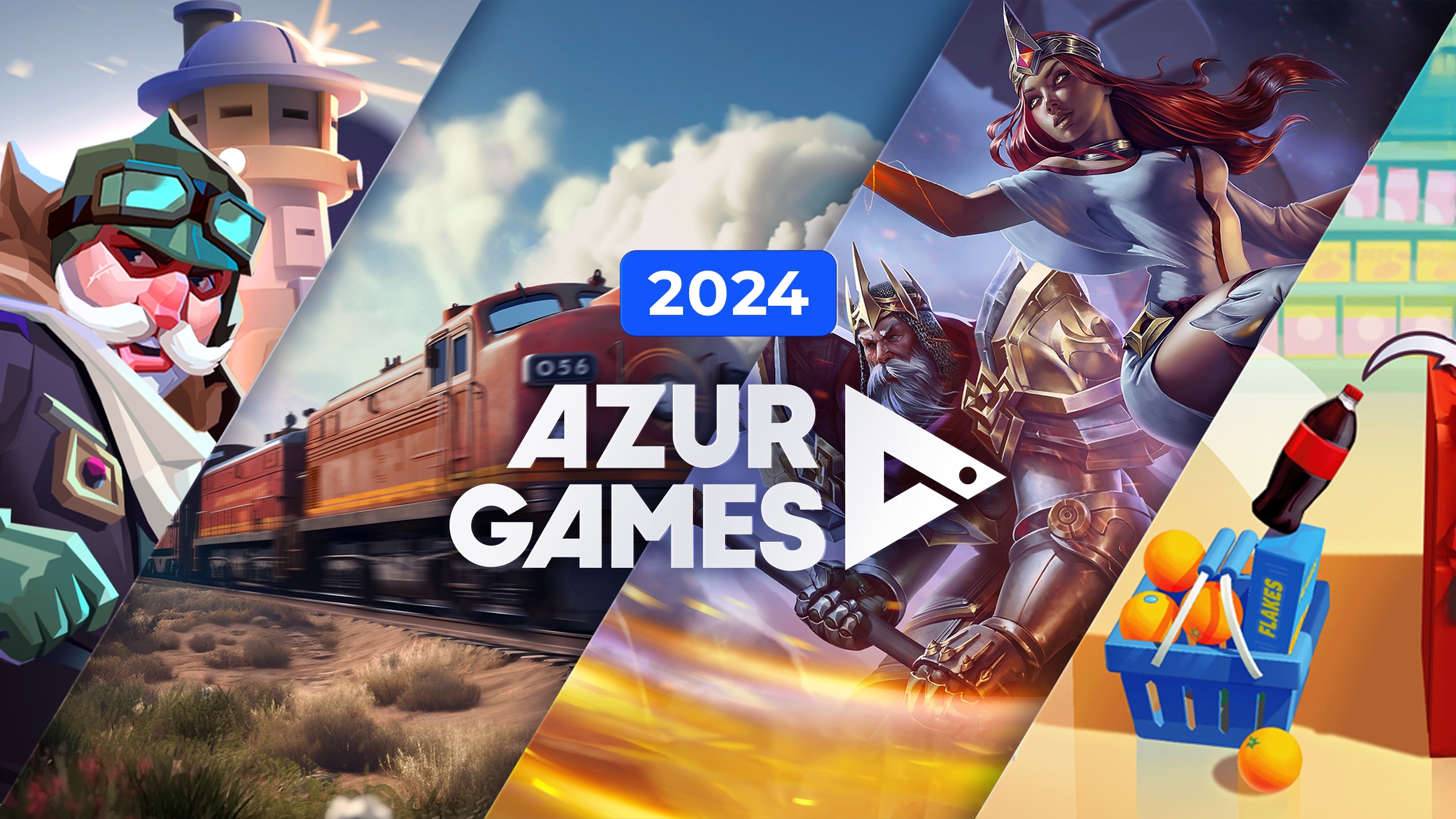What was 2024 like for Azur Games
Every year, as we approach the end of December, certain questions naturally come to mind. Let’s dive into them together: reflecting on how this past year has unfolded, the lessons learned, and what lies ahead in the mobile gaming market.
How have the last 12 months been for the company
Quite steady. Although there’s been some industry-wide unease, we’re continuously exploring new growth opportunities and focusing on expanding our midcore offerings. Interestingly, we’ve found that even hypercasual games can thrive for years, and we’re able to boost monetization by substantial percentages well after launch.
As for our new midcore projects, we expect the most significant results to start showing in a few years.
Over the past year, we haven’t seen any major disruptions within the company, and our revenue has been growing steadily, though market margins are gradually shrinking for everyone. Mobile gaming has matured, so those high margins and explosive growth we saw during the pandemic are becoming rarer.
A big part of our growth strategy is helping developers elevate their projects. That’s why we’re actively pursuing M&A opportunities to find teams and projects that align with us — where we can truly leverage our internal expertise to create synergy.
Industry trends over the last 12 months
We’re seeing a trend toward more complex, deeply developed games with regular monthly updates. Hypercasual isn’t going away, but it’s gradually transforming into something different from the genre we know. Ad monetization margins are shrinking for hypercasual and moving towards logic games instead.
The last three years’ trends are continuing, with rising player expectations and increasing demands for product quality. It’s become harder to make something truly new, as depth in game development is now crucial — whether that’s technical quality, design, VFX, or optimization. Success now requires an integrated approach with strong development and marketing working hand-in-hand.
Future trends, challenges, and opportunities
The rapid growth we’ve seen in the past seven years is leveling out. The market seems to have reached a plateau, so development is becoming more gradual.
The industry’s high margins are dropping to average levels, which could challenge new entrants, but it’s also an opportunity for seasoned companies with experience in delivering quality. We don’t anticipate any major new trends in the immediate future (though, you never know), but we do expect steady growth in high-quality products that demand significant resources and attention.
Looking a bit further ahead, we might see “anti-globalization” taking hold, with potential competitors to Apple and Google emerging. In a few years, new major platforms could enter the gaming market and capture a larger share.
Key to mobile game success in 2024
Quality is key. A great concept alone doesn’t cut it anymore; flawless execution is essential. Previously, it was possible to launch with a raw prototype, even with unpolished code, and layer improvements on top. Now, only a high-quality, dedicated approach works — even from the prototyping stage.
And the work doesn’t end with launch; it’s crucial to know how to sustain the project, developing it for years with a GaaS mindset, testing ideas, and regularly adding content and improvements.
LiveOps has become a major factor in success. Games with LiveOps typically reach wider audiences and perform better financially, which helps them stand out against hundreds of competitors. Regular updates, new events, and fresh content are vital for retaining players.
Overall, the ability to adapt to changing market conditions remains crucial. The rules we’re playing by right now couldn’t be more different from what we started with. Yet, some teams still follow outdated paradigms, believing a prototype whipped up solo in a few days or weeks can become the next hit. The reality is, things have moved on.
The path ahead
While our portfolio includes many hypercasual titles, we’ve long shifted our focus toward developing more complex midcore projects. These take years to fully realize, especially large-scale projects, so we’re dedicated to long-term development and iterative improvement across all our games.
